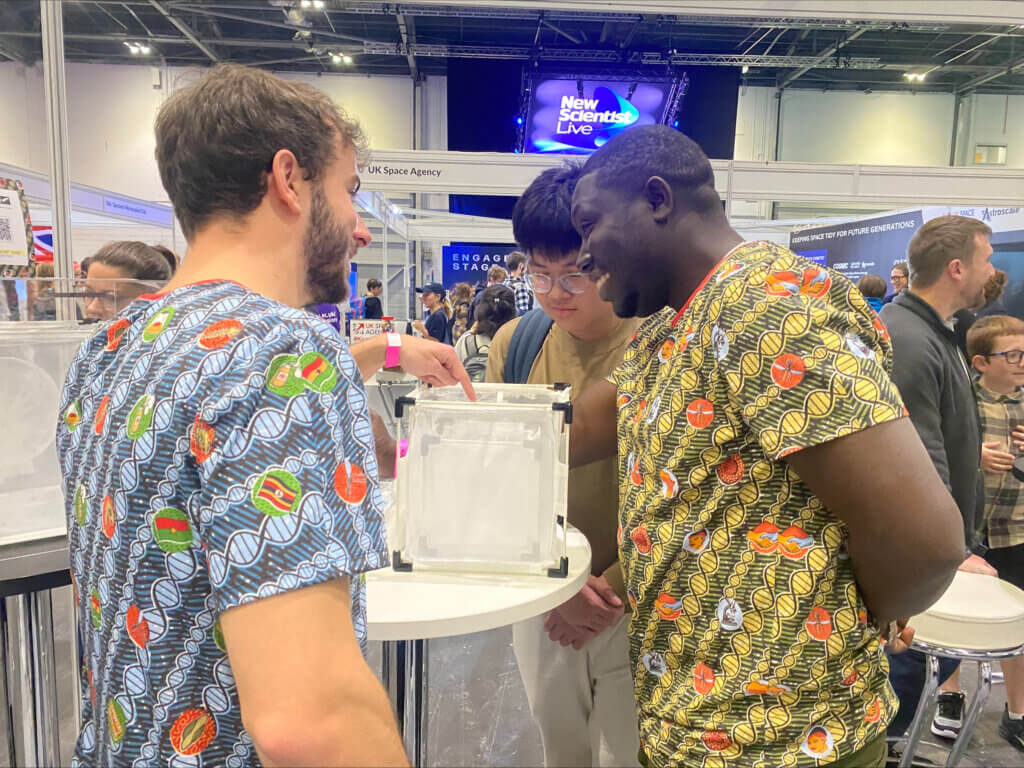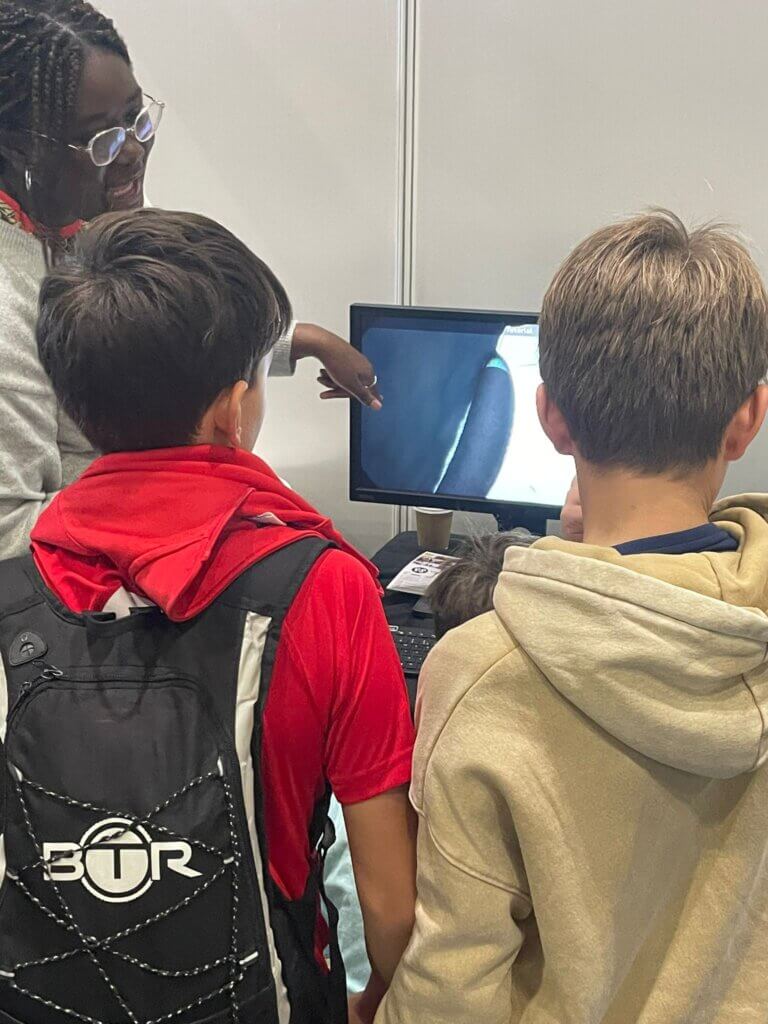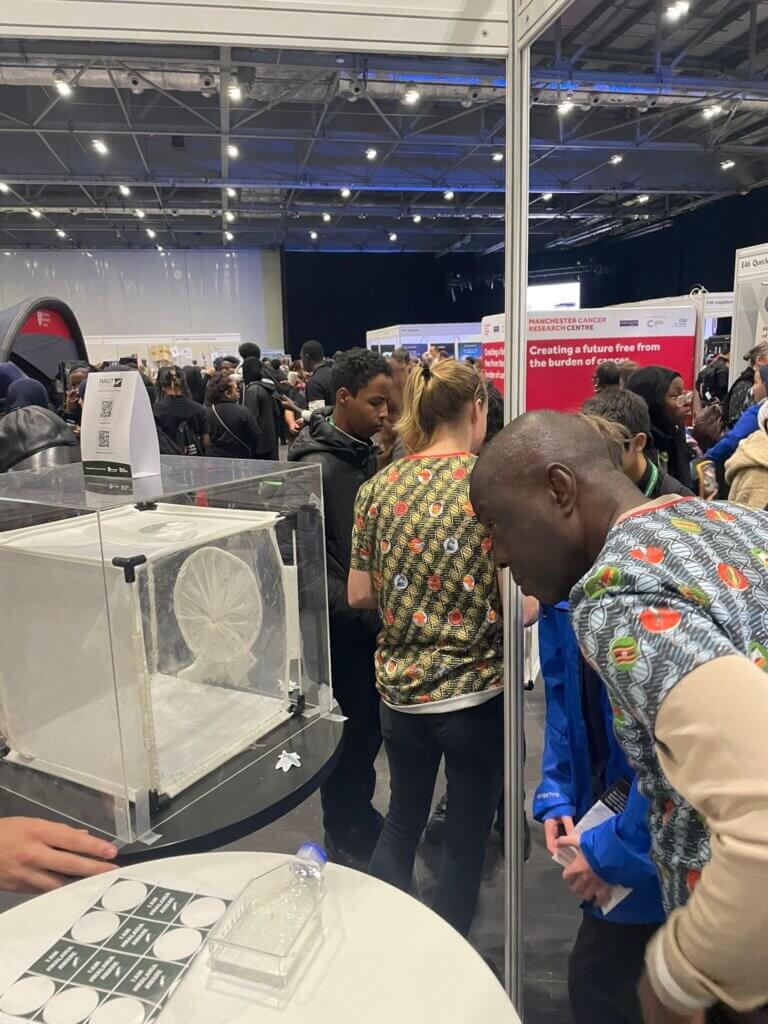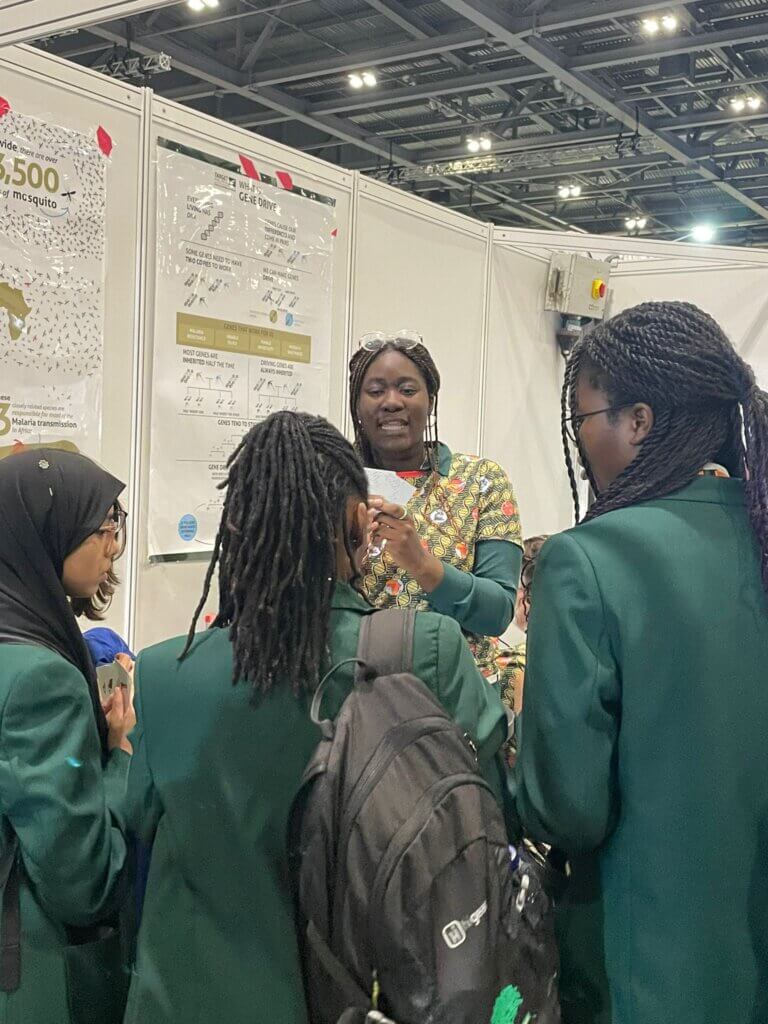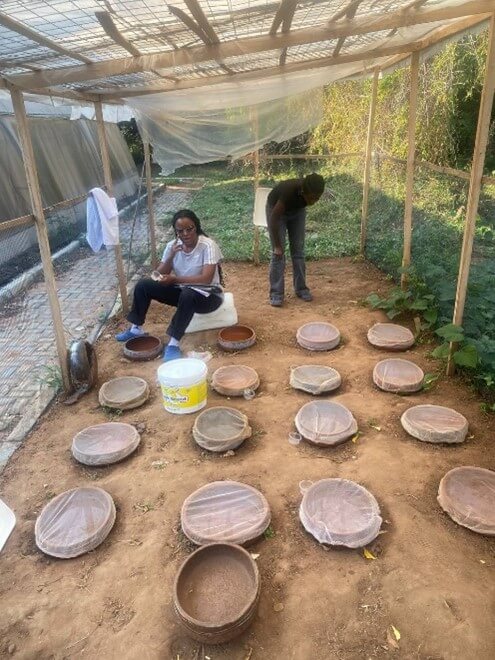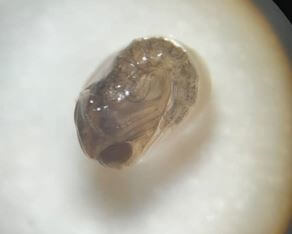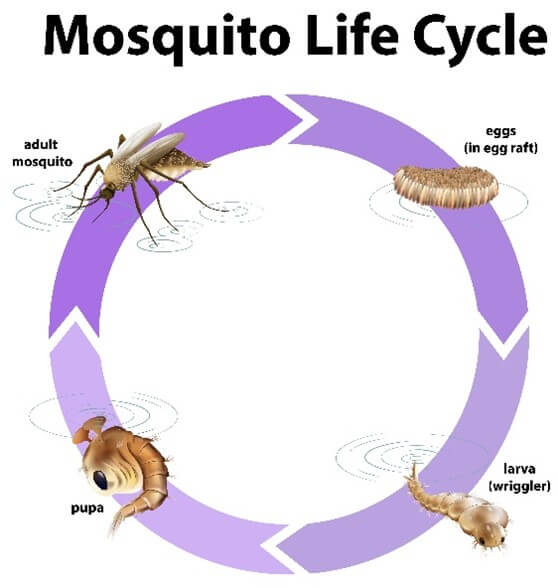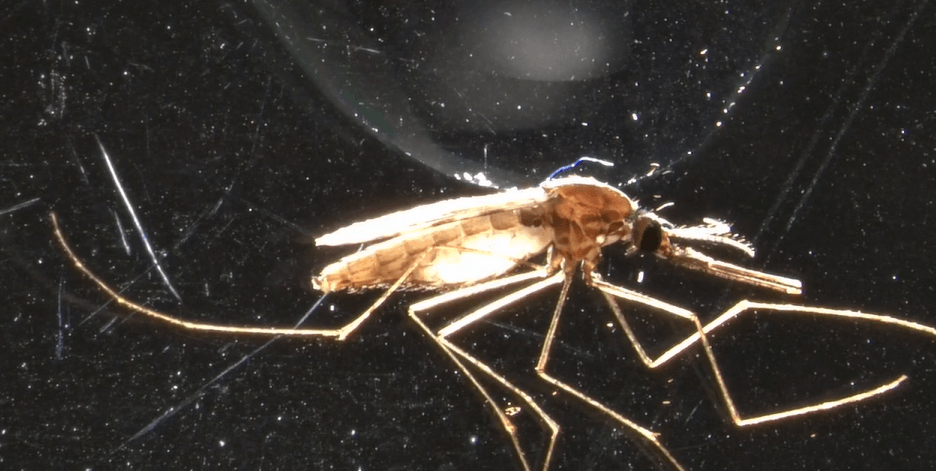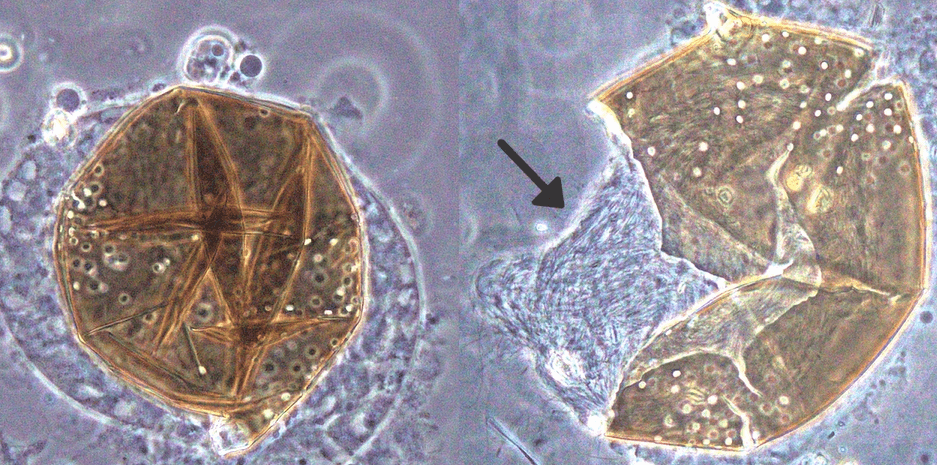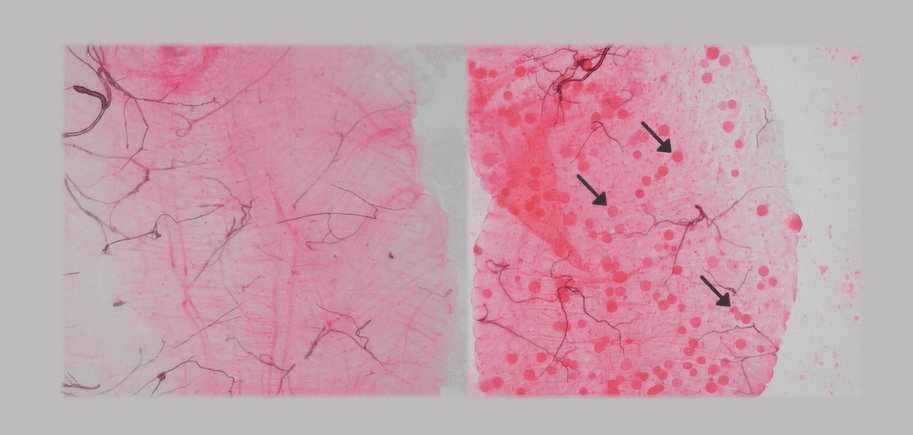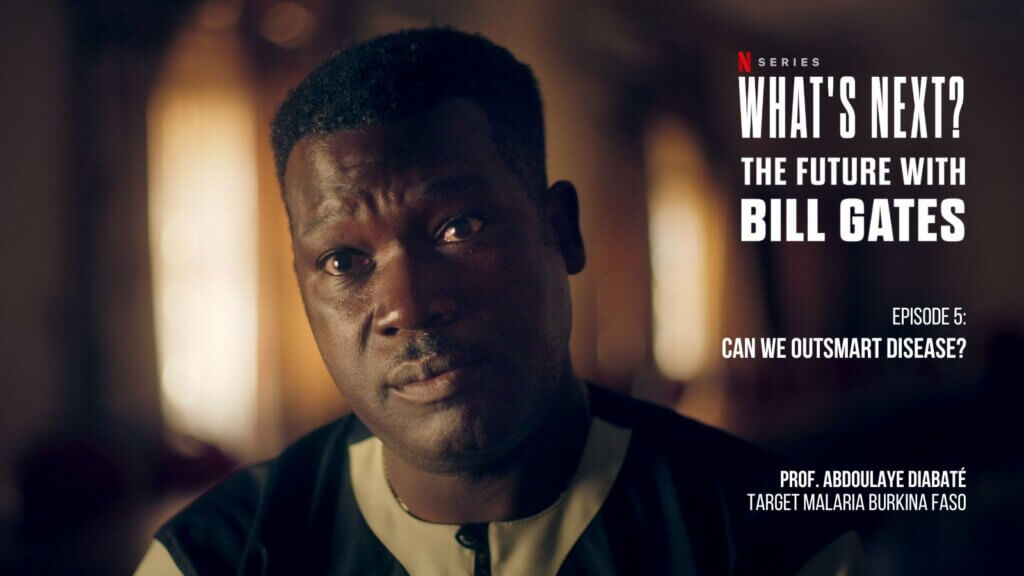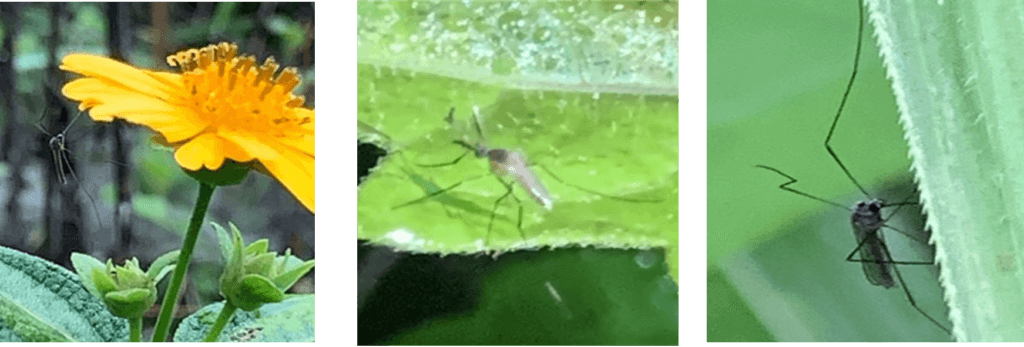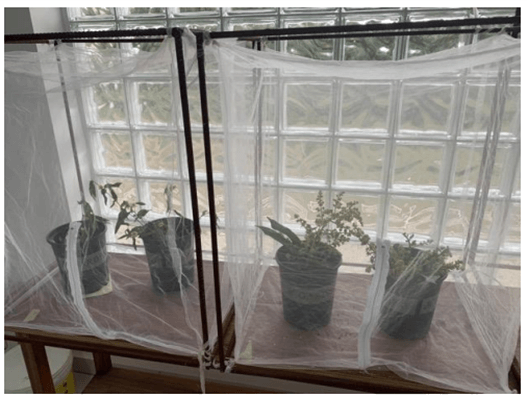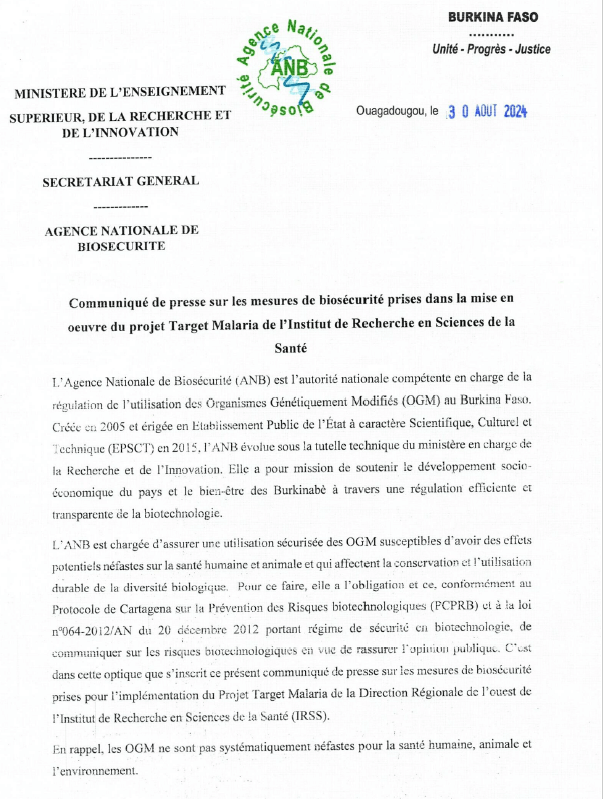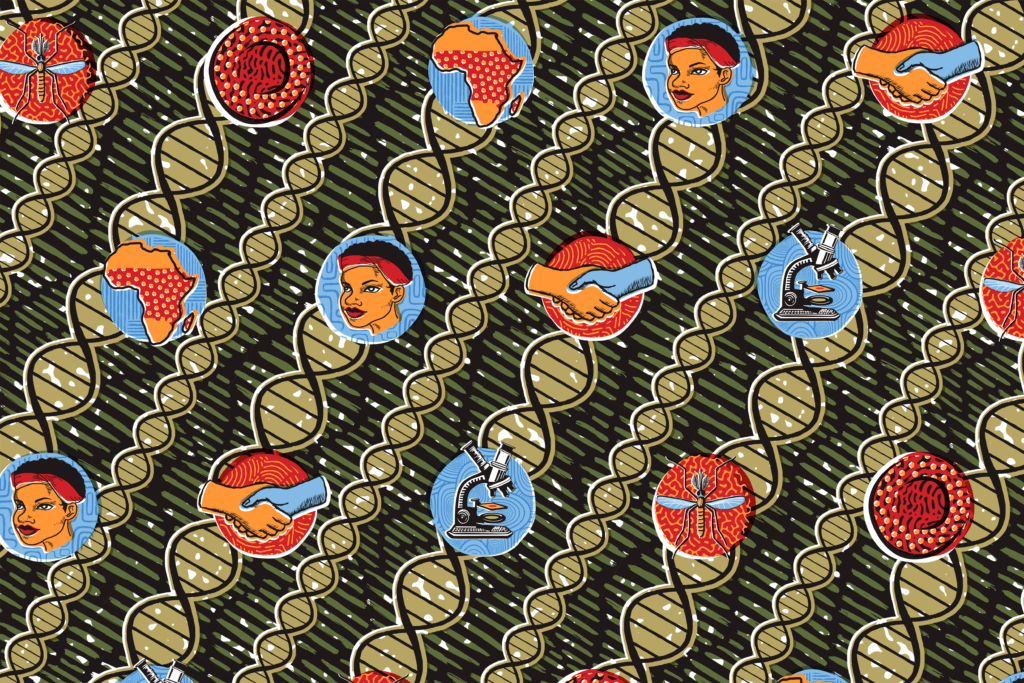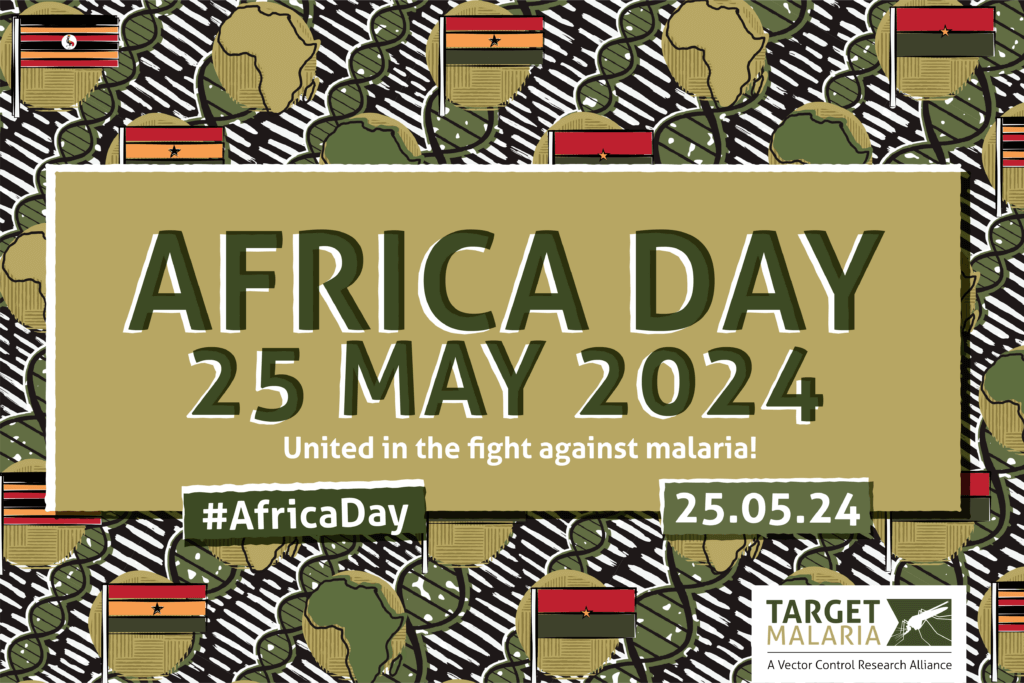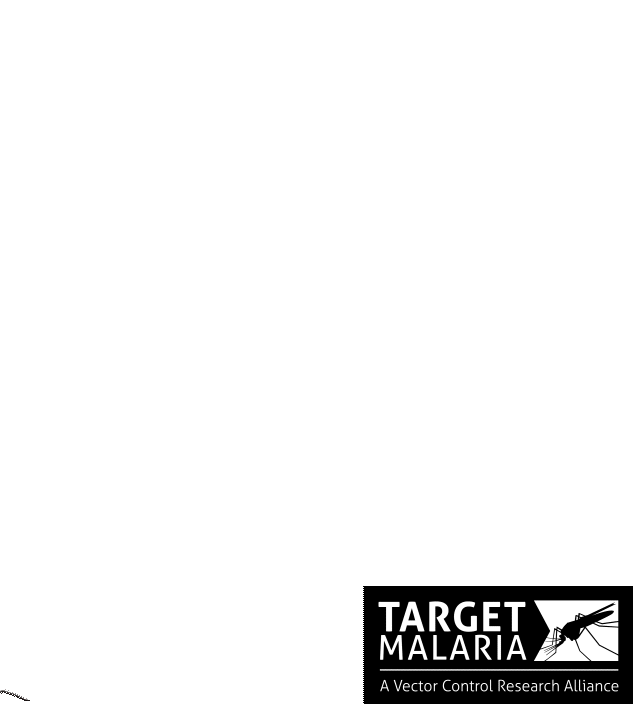Three Questions to a Scientist: Mahamadi Kientega, medical entomologist in Burkina Faso
Dr. Mahamadi Kientega from Institut de Recherche en Sciences de la Santé (IRSS) just published an important piece of work highlighting the emergence of insecticide resistance signs in Anopheles mosquitoes, in Burkina Faso. A former member Target Malaria’s Young Scientists’ Network, Dr. Kientega’s, recently featured on Malaria Journal and highlights the importance of monitoring mosquitoes’ resistance to insecticides in Africa.
You recently published a scientific article in Malaria Journal. Tell us more about the publication.
Between 2012 and 2017, me and my team members from Target Malaria collected of 1409 Anopheles gambiae sensu lato (s.l.). mosquitoes (978 females and 431 males) in three villages of Burkina Faso: Bana, Souroukoudinga and Pala. We sequenced the genome of these mosquitoes to study the evolution of variants associated with resistance to insecticides.
The paper we published on Malaria Journal is named “Whole-genome sequencing of major malaria vectors reveals the evolution of new insecticide resistance variants in a longitudinal study in Burkina Faso. It is the outcome of a collective study between several scientific partners: the Institut de Recherche en Sciences de la Santé-IRSS (Institute of Research in Health Sciences) in Bobo-Dioulasso, MalariaGEN Vector Observatory and Target Malaria. The article examines the genetic evolution and resistance patterns of malaria vectors, particularly focusing on how these vectors adapt to insecticides over time in Burkina Faso.
What is the contribution of this study to malaria research?
Our study makes a significant contribution by identifying genetic markers associated with emerging insecticide resistance. This knowledge is critical for malaria control programs, as it highlights the adaptive capabilities of malaria vectors, allowing for more strategic interventions. The findings suggest that current methods, such as the use of insecticide-treated nets (ITNs) and indoor residual spraying (IRS), need to be re-evaluated and possibly combined with new approaches to stay ahead of evolving resistance patterns. This research, therefore, aids in guiding policy and decision-making for malaria vector control efforts at regional and national levels.
What is the next stage of your research, and what problem do you hope to solve with this project?
Today more than ever, it is crucial to understand the genomics of mosquitoes to monitor and understand how this champion of biological evolution continues to evade vector control strategies. The next stage of our research will focus on deepening the conclusions of this study and explore new avenues of research to gain a better understanding of the wild mosquito population in Burkina Faso. My aim is to continue investigating genetic diversity, the population structure and the evolution of insecticide resistance variants in the An. gambiae s.l. populations in the western part of the country. I will put to good use the methods for sequencing and analysing malaria vector genomes I acquired during my fellowship at the Wellcome Sanger Institute in the UK.
Follow Mahamadi on social media:
